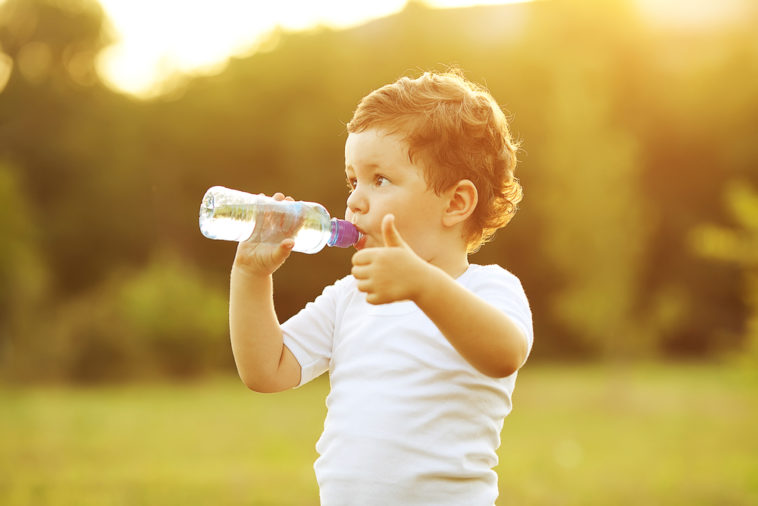“The results of our study support the concept that we are living in a ‘plastic environment’ and consume microplastics in essentially everything we eat, drink and breathe,” said Hailey Davies, a marine biologist at the University of Victoria in British Columbia, who led the new research.
Munching Microplastics
Previous studies from other groups keyed Davies and colleagues into the amount of microplastics fish and other seafood accumulate. They wondered if humans might be similarly consuming bits of plastic throughout their daily lives.
The researchers combed through studies to find out how many microplastic particles are in the food and drinks a typical American consumes. Then they combined these values with recommended dietary guidelines to estimate microplastic exposure. Because men, women and kids tend to eat different amounts of food, the scientists made separate estimates for men and women and boys and girls.
They found humans consume 39,000 to 52,000 microplastic particles from food alone each year. When the team added in microplastic exposure from the air around us, those numbers jumped to 74,000 to 121,000 microplastic particles.
Though shocking, the values are likely a large underestimate, Davies said. The estimates do not include red meat, poultry, dairy, grains and vegetables because data on microplastic contamination in these foods is not yet available.
Plummet Plastic Use
Bottled water was another major source of microplastic consumption, the team reports Wednesday in the journal Environmental Science & Technology. Davies and colleagues suspected bottled water would contain more microplastics than tap water given the packaging. But the researchers were surprised to discover how big the difference is. Bottled water has 94 microplastic particles per liter, while tap water only has four. Drinking the recommended volume of water from bottled water alone jacks up microplastic ingestion by 90,000 particles per year.
The researchers say much of the microplastic particles likely get flushed out of our bodies. But not all. Some of the smallest particles can get into the bloodstream as well as the lungs and guts. These particles can potentially accumulate in the body. What effects those plastic bits have on our bodies once they’re inside is currently unknown, however.
The most obvious solution, of course, is for us to stop making so much plastic to wrap our goods in. “The main action that can be taken to reduce consumption of microplastics is to address the root of the problem, which is the production of vast amounts of plastic waste,” Davies said.
source : discovermagazine


